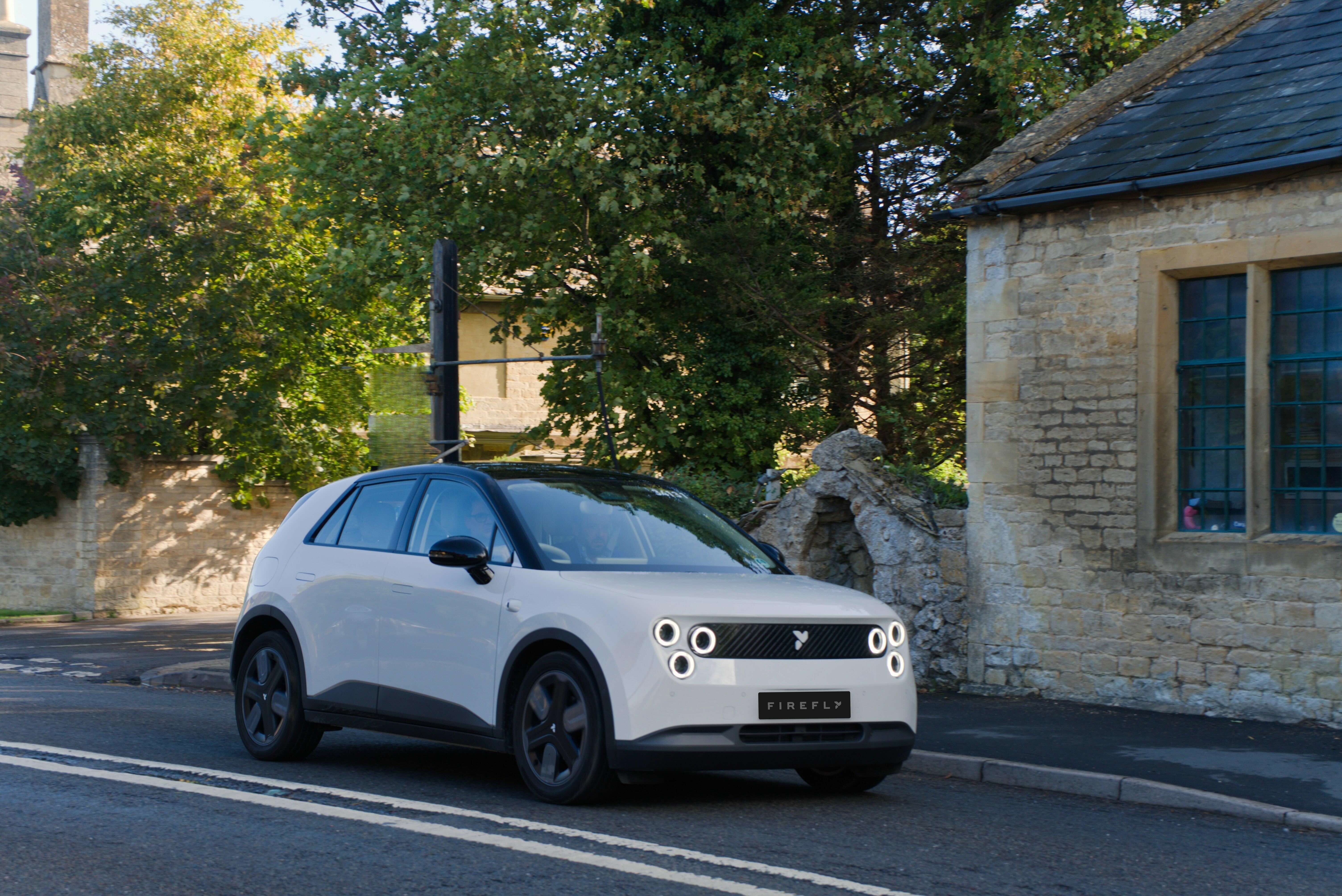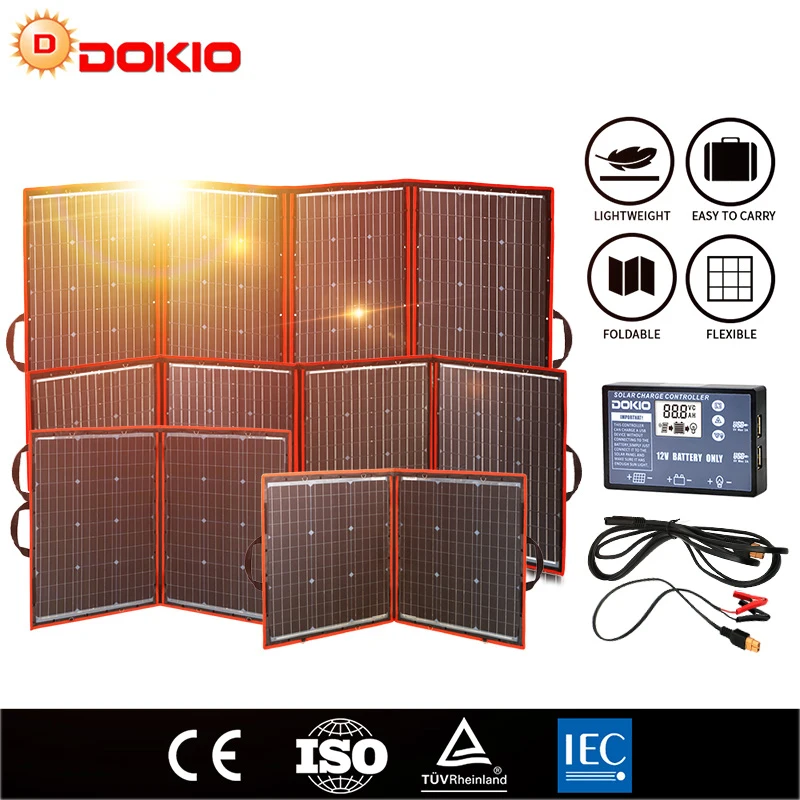
In 2010, when the first generation of mass-produced electric cars started to arrive, I felt that automakers were undermining electric cars on purpose.
Back then, most legacy automakers decided to use LMO battery cells with poor energy density and short cycle life in their electric cars. The biggest advantage of those cobalt-free battery cells was the lower cost, nonetheless the electric cars were being sold with a price three times higher than their gas-counterparts. Only Tesla went with high energy density battery cells, which at that time were available in the form of NCA cylindrical cells - mostly made for laptops.
Today I bring good news my fellow readers! The Ministry of Industry and Information Technology (MIIT) has just approved faster versions of the Leapmotor T03 and the NETA V to be produced and sold in China.
Previously, as it happens with most small electric cars in China, the Leapmotor T03 and the NETA V had their top speeds limited to 100 km/h (capped via firmware). Fortunately, recent MIIT homologation documents show us that these two popular electric cars will have new versions with their top speeds increased.
The BYD EA1 is one of the most awaited electric cars and just got its approval from the Ministry of Industry and Information Technology (MIIT) to be produced and sold in China.
Expectations for the BYD EA1 are extremely high right now, since this electric car will be made to compete with ICE (Internal Combustion Engine) cars, not only in performance, but also in price and availability.
If I had to choose the three most important electric cars for the coming years, this would be my list:
Last month the new NETA (Nezha) V jumped to the top 10 of best-selling electric cars in China. This isn’t exactly a surprise, since this electric car offers great value for money as we’ll see ahead.
The NETA V is just a bit smaller than the popular Renault ZOE we all know in Europe, but its price is truly remarkable. As for the design, it reminds me a bit the facelifted Hyundai Kona Electric.
The cobalt-free battery chemistry LFP (LiFePO4) continues to dominate the battery production in China and its market share keeps growing every month.
Let’s see the data.
Battery production in China (May 2021)
LFP: 8,8 GWh (63,8 %) NCM/NCA: 5 GWh (36,2 %) Total: 13,8 GWh Last month in China LFP battery production increased by 317,3 % compared to May last year.
It’s clear that the Tesla Model 3 MIC (Made in China) is currently one of the biggest drivers of the increased demand for LFP battery cells.
The small Wuling Hong Guang MINI EV continues to dominate electric car sales in China. It’s impressive that this electric car remains so popular now that better alternatives are available.
Wuling Hong Guang MINI EV: 29.706 Tesla Model Y: 12.728 Tesla Model 3: 9.208 Changan Benben E-Star: 8.370 Aion S: 6.752 BYD Han EV: 5.763 Chery eQ: 5.632 Li ONE: 4.323 XPeng P7: 3.797 NETA (Nezha) V: 3.409 BYD Qin Plus EV: 3.263 Leapmotor T03: 3.147 BYD e2: 3.106 NIO ES6: 3.017 One of the best alternatives to the Wuling Hong Guang MINI EV currently available is the Changan Benben E-Star, that recently became even cheaper with the introduction of the National Edition.
Enevate wants to enable electric vehicles to charge as fast as refueling gas cars and is now closer to make it happen.
This Californian company just announced a new production license agreement with the South Korean battery cell maker EnerTech International to commercialize Enevate’s silicon-dominant anode battery technology.
Commercialization is scheduled for 2022 and pre-production batteries have already been built and tested by Enertech’s existing lithium-ion battery manufacturing equipment.
IRVINE, Calif. – June 08, 2021 – Enevate, a pioneering battery innovation company featuring extreme fast charge and high energy density battery technologies for electric vehicles (EVs) and other markets, announced a new production license agreement with EnerTech International to commercialize Enevate’s silicon-dominant, XFC-EnergyTM battery technology in the transportation, mobility and reserve power markets. Silicon Battery Commercialization Scheduled for 2022.
At the InterBattery 2021 event in Seoul, South Korea, Samsung SDI finally announced that it’s already producing high-nickel content battery cells. Moreover, Samsung SDI confirmed that its new cylindrical and prismatic cells have different nickel concentrations.
Nickel concentration in cathode of new Samsung SDI battery cells
Cylindrical form: 91 % - 670 Wh/L Prismatic form: 88 % - 630 Wh/L With the cylindrical battery cells Samsung SDI is probably aiming to supply Tesla in China, while the Gen 5 prismatic battery cells will likely be used first in Europe later this year.
BYD sent the first 100 units of the Tang EV to Norway, which is BYD’s most expensive passenger BEV. This is a big SUV that seats 7 persons and has AWD (All-Wheel Drive).
Rotterdam, Netherlands – BYD, the world’s leading New Energy Vehicle (NEV) manufacturer, and one of the first to produce one million electric passenger cars globally, is today shipping the first 100 European-specification BYD Tang SUVs for customers in Norway.
During this summer, 30 pre-production units of the Mégane E-Tech Electric will be driven by Renault engineers for final testing before mass production begins.
Revealed during Renault eWays: The Challenge towards Zero Emissions, Mégane eVision showcar announced Renault’s first step on C-segment electric vehicles ; enhancing a comprehensive lineup of fully electric passenger cars: with the A-segment Twingo E-Tech Electric, and the B-segment bestseller ZOE.
CALB (China Aviation Lithium Battery) aims to become a top battery cell maker very soon, but right now world’s biggest EV battery cell maker is CATL by a large margin, as we can see from the Q1 2021 results below.
Global electric vehicle battery application in Q1 2021
CATL: 15,1 GWh (31,5 %) LG Energy Solution: 9,8 GWh (20,5 %) Panasonic: 8 GWh (16,7 %) BYD: 3,2 GWh (6,8 %) Samsung SDI: 2,5 GWh (5,3 %) SK Innovation: 2,4 GWh (5,1 %) CALB: 1,3 GWh (2,7 %) AESC: 1 GWh (2,1 %) Guoxuan: 0,9 GWh (1,9 %) PEVE: 0,6 GWh (1,3 %) While the Japanese and Korean companies are slowly losing ground, multiple Chinese companies are aiming to reach the top 3 in few years.
Sono Motors Sion is an unique electric concept car that is covered by “more than 248 solar cells”. According to the advertised specs, at peak performance, all these solar cells should be able to provide up to 1,2 kW.
However, in the real world we shouldn’t expect the solar production peak to be much higher than 400 W, even on a sunny day.









































